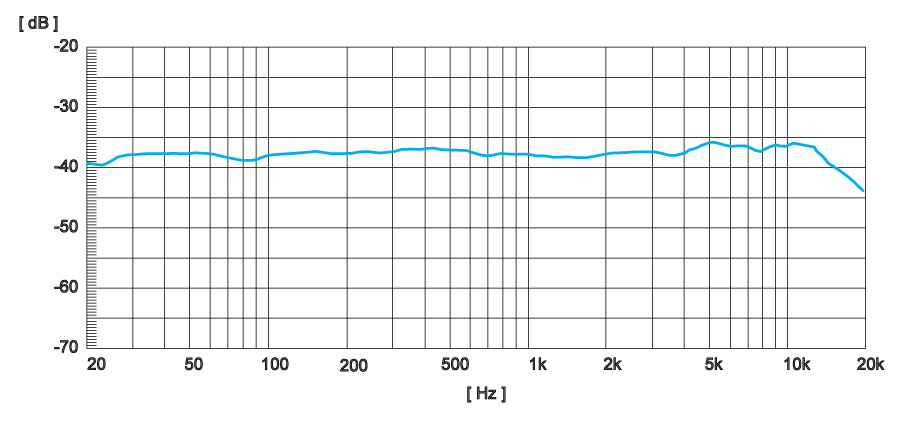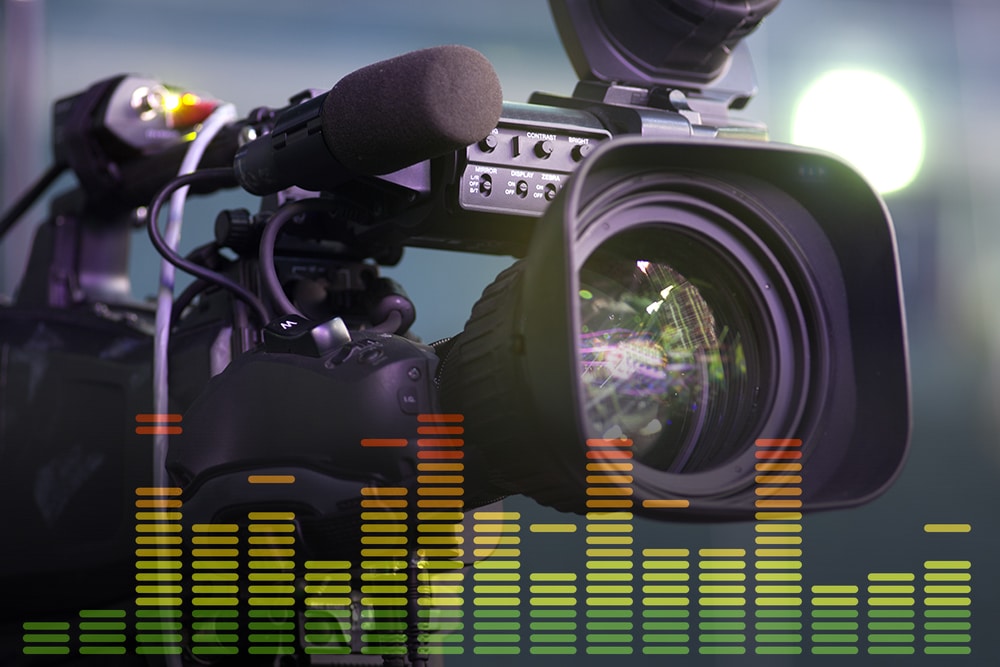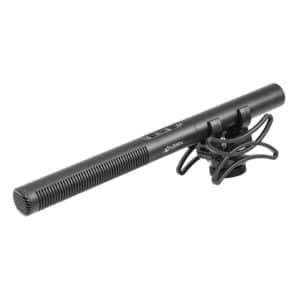A microphone is a transducer that transforms sound pressure waves into electricity. Something that’s typically not given much thought is actually pretty neat when you stop to think about it. And in this process of changing sound pressure waves in the air into electrical current, very often what comes out of the microphone is different from what went in.
This difference can be described by a frequency response specification. In short, a microphone’s frequency response tells you how it “colors” the sound it receives.
Therefore, the frequency response specification is a major piece of information that can help you determine the sound quality of a microphone and in which situations it will be best to use.
Some Basics About Sound First
It’s a little difficult to have a discussion about frequency response without first understanding some basics.
When we talk about frequency, we are referring to how many cycles a sound wave undergoes in a second. This measurement is called Hertz (Hz). The range of human hearing generally goes from 20 Hz to 20,000 Hz.
The frequency of a sound wave determines its perceived pitch. In general, low frequencies are heard as bass and high frequencies as treble. The audible frequency spectrum can be effectively broken down into segments that are commonly referred to as bass, low mids, mid range, upper mids, and highs.

Keep in mind though, there is no objective standard for these segmentations. You may find other sources that list different boundaries, or even more segments than what’s in the chart above. But this chart gives a general idea and something to refer back to.
Loudness is the other factor to consider in frequency response. The whole question centers around how much louder or softer is a particular frequency once it passes through a microphone? Loudness is measured in decibels, or dB. Not To make things more complicated, but there are different kinds of dB too. For now, suffice it to say when we talk about microphones, dBV is often what is used. (That is dB with a reference of 1 volt = 0 decibels). And when we talk about the loudness of sound in air, we use dB SPL (for sound pressure level).
The Frequency Response Chart
A lot of times all you get to see as a frequency response specification is a simple statement like this: 20 Hz – 20 kHz. However, this lacks detail.
The missing piece is the microphone’s sensitivity to each frequency in that range, especially at the fringes. For more detail it’s best to look at a chart. Here’s an example of the frequency response of the SGM-250 shotgun microphone.

The chart above plots the microphone’s output level across the frequency spectrum providing much more detail. For instance, there is a bump up in sensitivity in the upper mids and some of the highs. This is where sibilance in human speech is most pronounced. This frequency response is suited very well to accentuate the hard consonants in speech (sounds from T, S and CH for example), which would be quite handy if you’re trying to pick up dialogue in a noisy environment.
You’ll also notice that the response remains fairly flat throughout the bass, low mids and mid range. We can conclude from this that the microphone should produce a well-rounded sound that isn’t too bass heavy or thin sounding.
To determine the full range of sensitivity variation we can take the difference between the highest and lowest points on the chart. These seem to be about -36 dBV and -44 dBV, respectively. This is a range of 8 dB. From this we could state the following: the frequency response is 20 Hz to 20 kHz, ±4 dB.
Wouldn’t it be better for a microphone to pick up all frequencies equally?
Good question (glad we asked it). It depends. If your goal is to create a reference microphone that can accurately measure sound levels across all frequencies, then yes. There are indeed microphones that are created for this purpose. But when it comes to recording speech, different musical instruments, or various sounds out in the world, you’re going to want a microphone that’s suited for each situation.
For example, we just looked at the SGM-250 microphone which is designed for dialogue. It had a boost in the upper mids and highs to help bring out sibilance. Let’s contrast that with an extreme example of a microphone for a kick drum on a drum set. For this we’d probably want something with a boost in the bass for extra thump, and in the mid-range to capture more attack from the beater. What we don’t want is all the extra noise from the tom and snare drums and cymbals, so maybe we’ll want to see a dip in the low mids and the high frequencies.
By having a microphone that is tailored for the situation, you’re more likely to end up with the sound you’re looking for without the need to adjust it afterward (often referred to as EQ’ing). This is why manufacturers try to sculpt a microphone’s frequency response to compliment the sound source they are intended to record.





